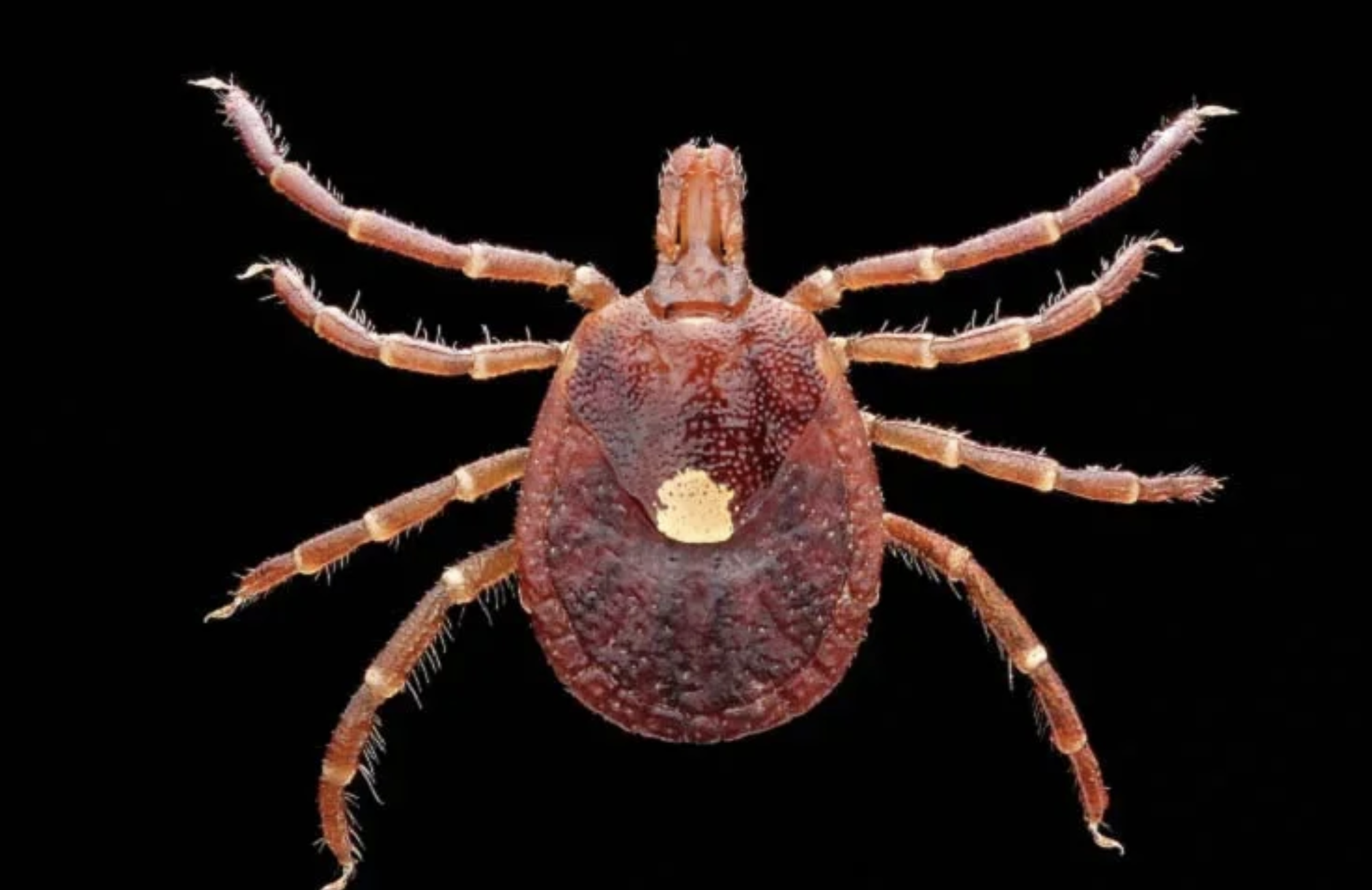MAYO CLINIC NEWS NETWORK – In the 50 years since it was identified, Lyme disease has become one of the most recognized and widespread vector-borne illnesses in the world.
Transmitted by ticks, this elusive infection presents ongoing challenges in detection and treatment. In this episode of Tomorrow’s Cure, we explore how researchers are advancing diagnostic tools to detect Lyme disease — and what these innovations mean for the future of global health.
The episode features two leading experts including Bobbi Pritt, M.D., microbiologist and pathologist at Mayo Clinic, and Allen Steere, M.D., a rheumatologist, director of Translational Research and Rheumatology at Massachusetts General Hospital and professor of medicine at Harvard Medical School.
Together, they discuss the latest advancements and the ongoing efforts to better control Lyme disease.
Dr. Steere identified Lyme disease in 1976 while investigating a cluster of children in Lyme, Connecticut, who were experiencing unexplained arthritis.
His research ultimately led to the discovery and naming of the disease. Since then, researchers have devoted their efforts to advancing diagnostic tools, treatments and vaccine development.
Lyme disease continues to grow in prevalence, driven by factors such as climate change, ticks’ ability to thrive in diverse environments, urbanization and increased global travel.
As ticks adapt and spread, the development of effective and innovative testing methods becomes increasingly vital to improve patient outcomes and enhance the ability to respond swiftly to outbreaks.
Lyme disease is challenging to detect given its ability to mimic other illnesses or appear asymptomatic altogether. “There may not be specific symptoms when the patient comes in that would tell them this is a vector-borne disease,” said Dr. Steere. “There may be symptoms that we commonly see with infection, or they may also be absent.”
Given this challenge, the development of better diagnostic tools is critical.
“My job as a pathologist and microbiologist specializing in laboratory diagnostics is to create tests that can accurately detect the disease at various stages,” Dr. Pritt said. “And equally important is guiding my clinical colleagues on which tests to order.”
One promising advancement is the use of metagenomics, a cutting-edge technique that enables the simultaneous detection of multiple genomes. This approach allows for the identification of bacteria, DNA and RNA viruses, fungi and parasites in a single assessment.
As researchers continue to advance the science, the outlook for more effective detection and treatment of Lyme disease grows increasingly promising.
To learn more about these transformative advancements, listen to the latest episode of Tomorrow’s Cure.
The podcast is available on all audio platforms, including Apple Podcasts, Spotify and Amazon Music. Episodes are also available on Mayo Clinic’s YouTube channel.



